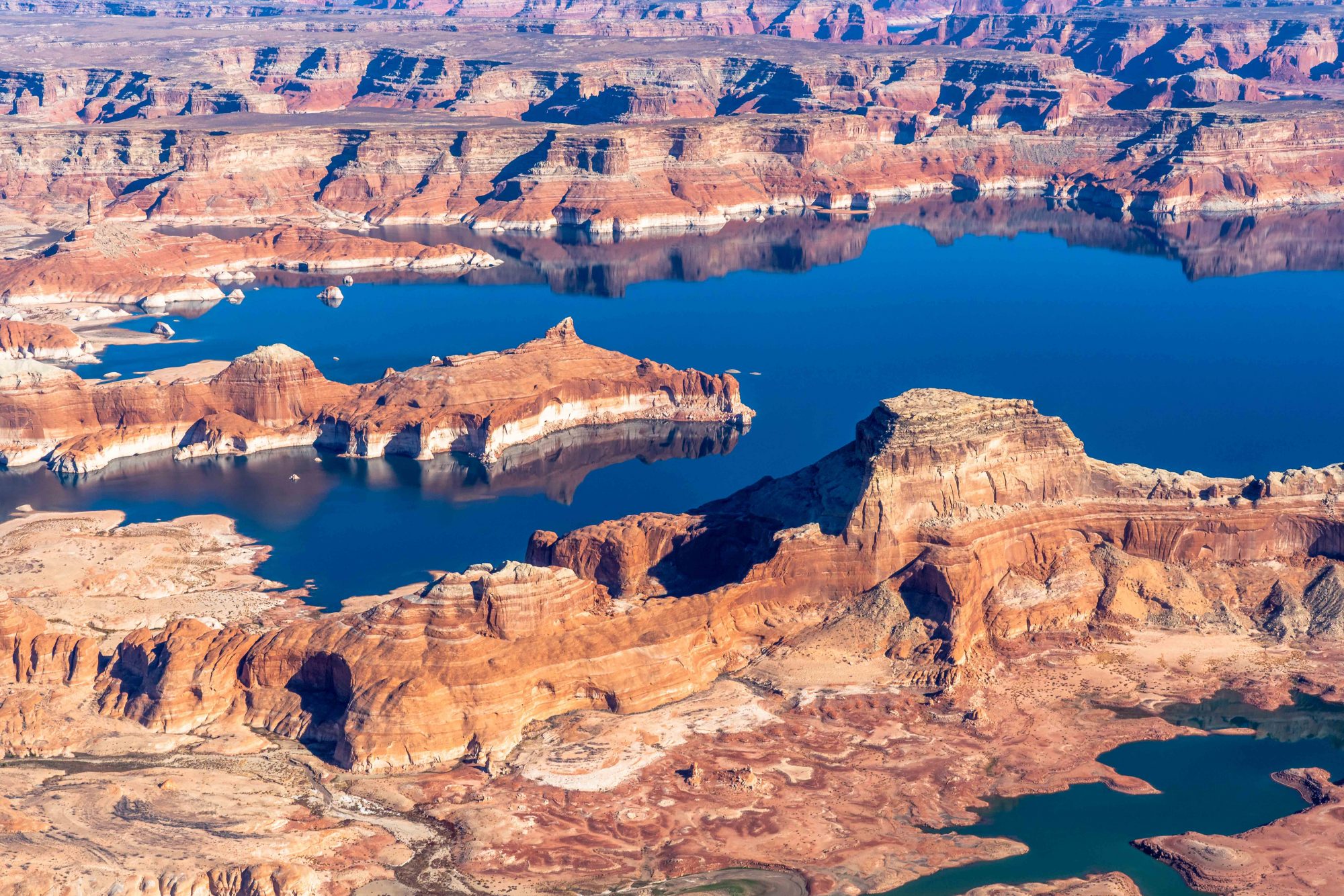
In response to long-term drought and recent declines in water storage on the Colorado River, the City of Mesa on May 18 declared the first stage of its Water Shortage Management Plan in effect on May 18.
This initial stage, called “water watch,” focuses on raising public awareness and doesn’t include mandatory conservation measures, like limited hours for watering lawns and gardens.
But even without restrictions, the city hopes to shave 5% from the city’s water use through voluntary reductions.
The city will try to practice what it preaches for residents and businesses by reducing water use in city operations.
“The city is the largest water user in Mesa,” Water Resources Advisor Brian Draper told council at its May 12 session. “It’s going to be imperative that the city set that example and start looking for ways to conserve, before we ask our residents to have to take some mandatory measures.”
Draper said city departments will be meeting to brainstorm ways to save additional water on top of its routine conservation measures.
“The City of Mesa has always been active trying to conserve water,” he said. “We used to have grass in medians and along the sidewalks, and the streets department has done an awesome job over the years of reducing that high water use. … There’s not a whole lot of low hanging fruit out there, but collectively, I think the departments here internally can come up with some ideas.”
Other actions mentioned in the May 12 study session were trimming the hours that water features are on in parks and limiting overseeding of grass turf, which requires additional watering.
The city’s drought management plan, adopted in 2019, includes four escalating stages tied to conservation goals and actions designed to blunt the negative impacts of water shortages.
Mesa’s unused water capacity can be stored in underground aquifers for later use, or it can be sold to the federal government to keep in Lake Mead to protect the reservoir’s water level.
Conserving also helps focus the city’s water on essential uses, so the city is ready if its allocations of surface water are ever significantly cut.
Whether cuts will happen in the next few years is not clear, but the chances increased following a weak year of spring runoff in the Colorado River watershed.
But even if drought continues, Mesa may stay in its lowest water shortage stage for some time. Higher stages are tied to major reductions in the city’s allocation of surface water, which, despite record low reservoir levels, are not projected in the next two years.
To go into Stage 2, “Water Alert,” the trigger is a 20% cut to the city’s Colorado River allocation, currently Mesa’s primary source of water.
To put that in perspective, if the U.S. Bureau of Reclamation declares a Tier 2 level drought for the Colorado River system in August, which is widely anticipated, Mesa’s allocation of river water would only be cut by 4%, which translates to 2% of Mesa’s overall water portfolio, according to Mesa Water Resources Director Chris Hassert.
Hassert told council the impact of these cuts would be manageable.
“It’s a small hit, but it’s not anything significant for the city,” Hassert said.
The city didn’t need council approval to go into the first stage of the shortage plan, but City Manager Chis Brady told Council at its May 12 study session that he would likely declare it the following week, and he followed through on that.
He noted that other Valley cities were also eyeing a start to their drought plans in the wake of April projections showing a high risk of cuts to Colorado River water.
Scottsdale enacted the first stage of its drought management plan last August, canceling water hauling for some 700 households as of January 2023. That move has set off an ongoing dispute among homeowners in that city’s Rio Verde Foothills development over what to do next.
Moving into higher stages of Mesa’s water plan would require council approval. Unlike Stage 1, the next level recommends mandatory conservation measures Council can adopt at its discretion, including a prohibition on potable water on lawns and landscape between the hours of 7 a.m. and 7 p.m., and potable water use in decorative water features and outdoor misting systems.
Mesa’s Water Shortage Plan is separate from the tiered Colorado River Drought Contingency Plan, which is organized by the federal government and Colorado River users. A change in the level of drought declared by the federal government for that system does not change the city of Mesa’s drought level.
Hassert emphasized that the city has been preparing for water challenges for a long time.
“We didn’t just wake up yesterday and realize we’re in a desert,” he said. “We’ve been doing things for many years, and decades, to really make our system resilient and our work portfolio robust.”
Councilwoman Julie Spilsbury suggested that the city needed to do more to communicate what it is doing about threats to the region’s water supplies.
“I think there is a fear in the public that we’re not doing anything,” Spilsbury said, “so we need to make sure that that’s known.”